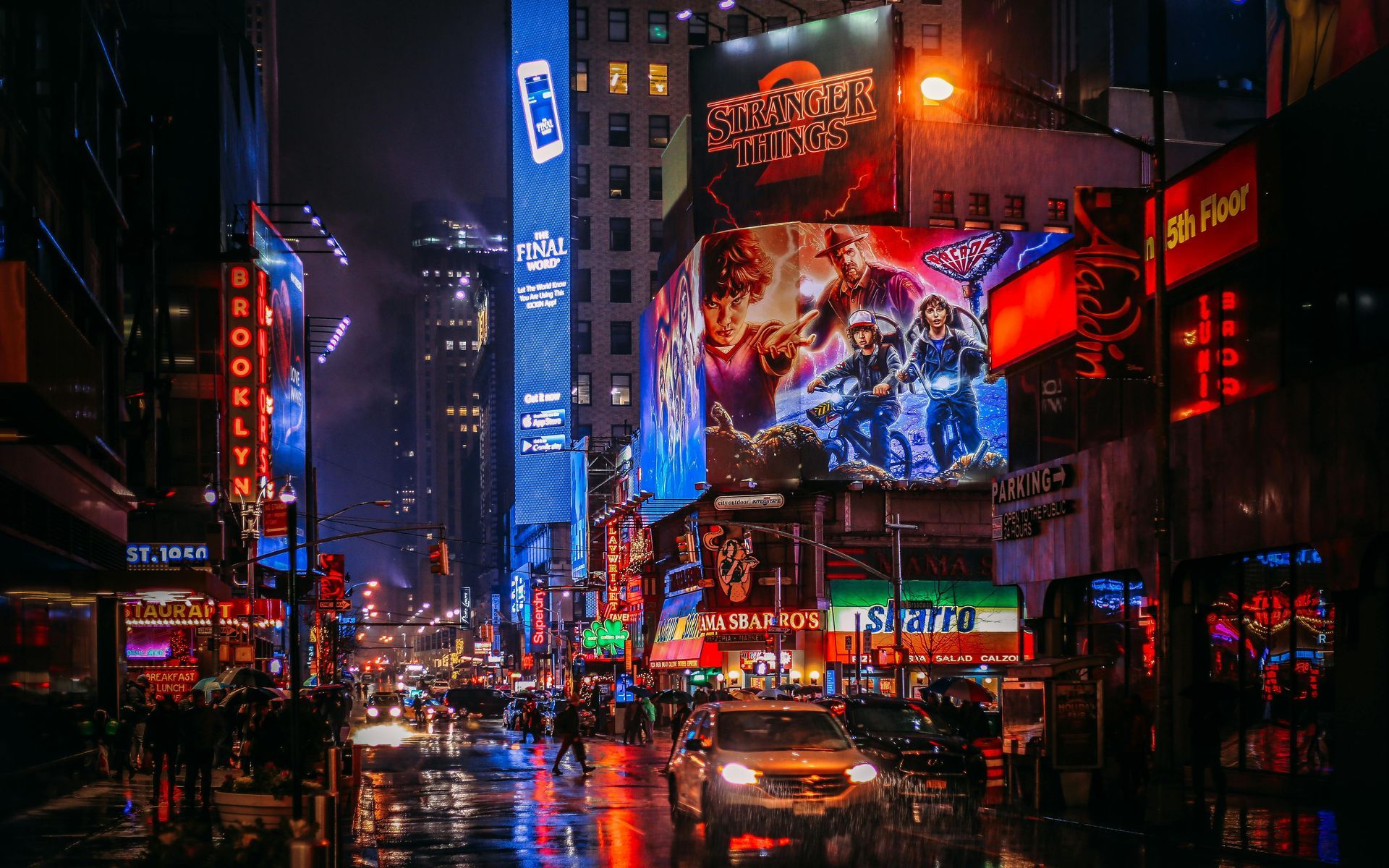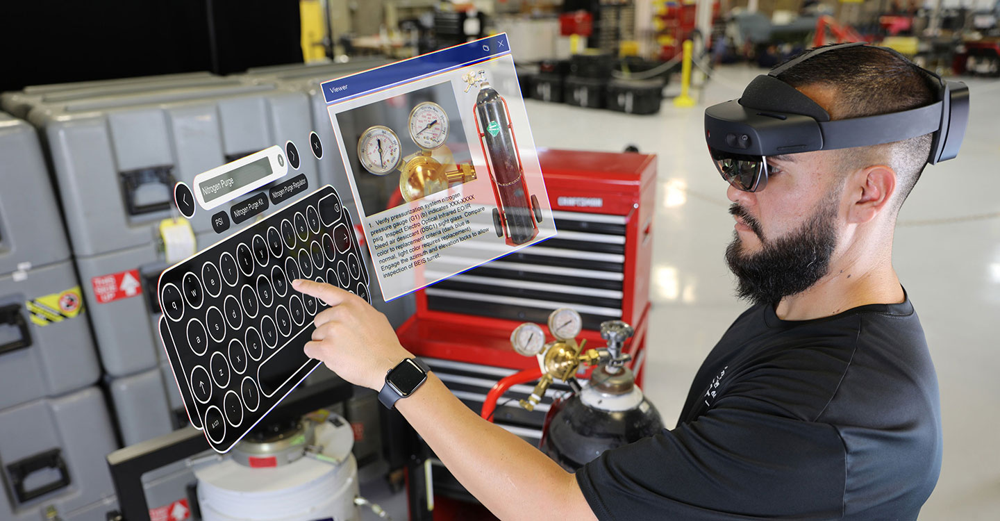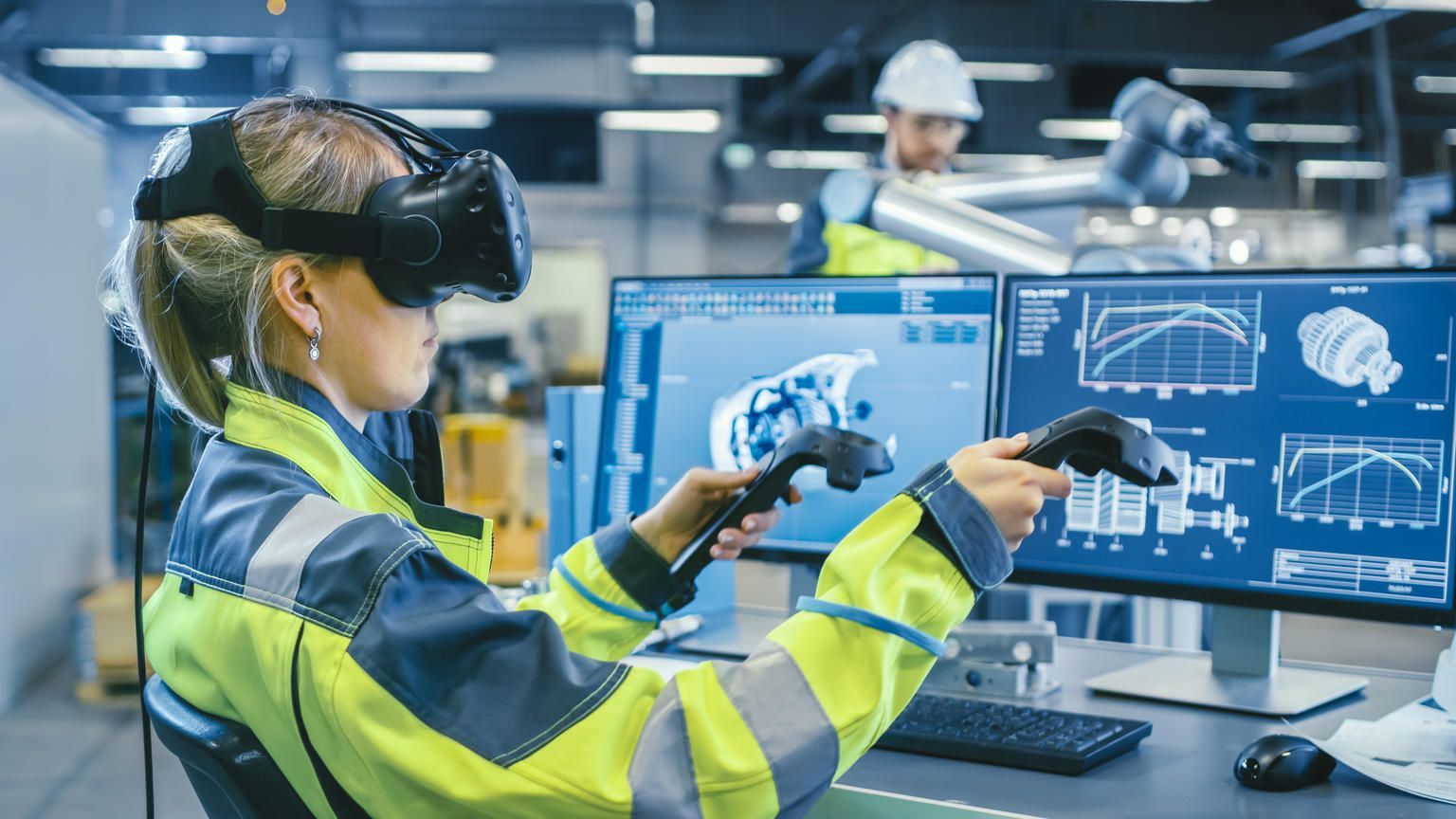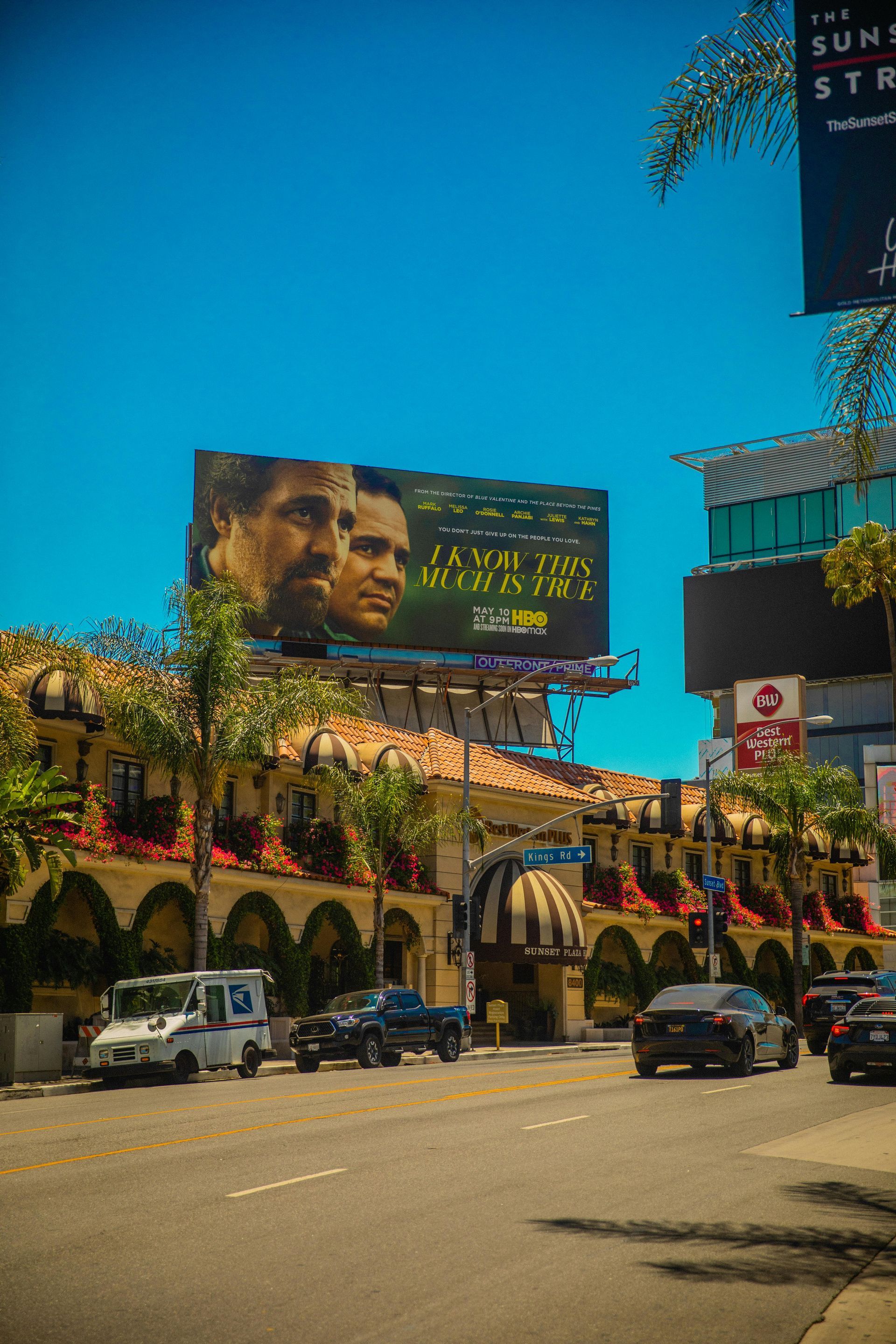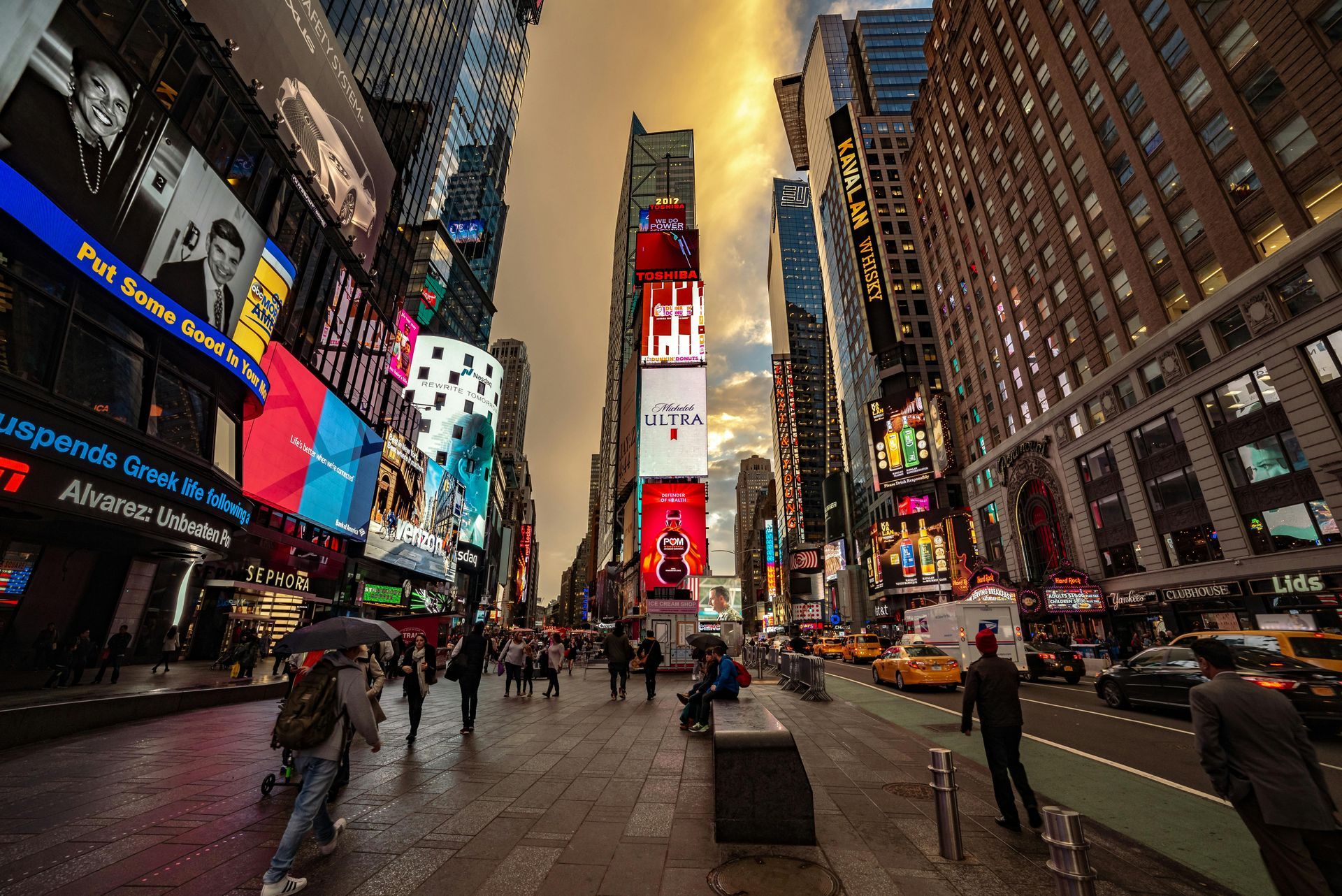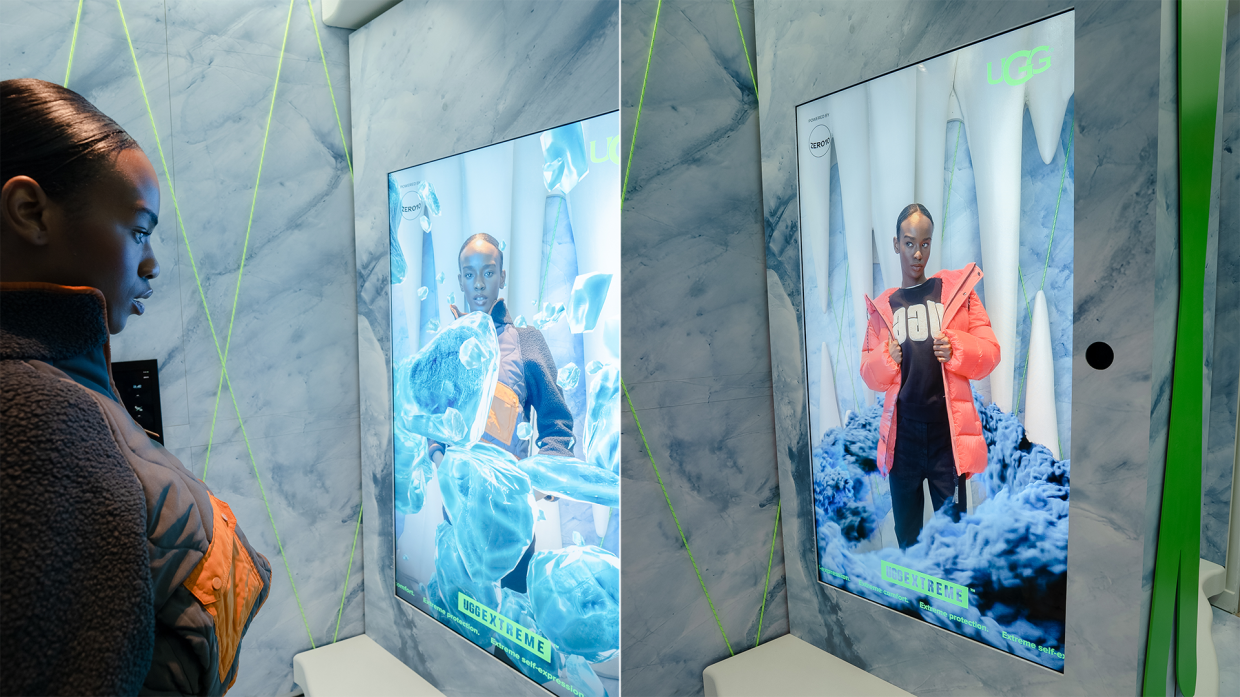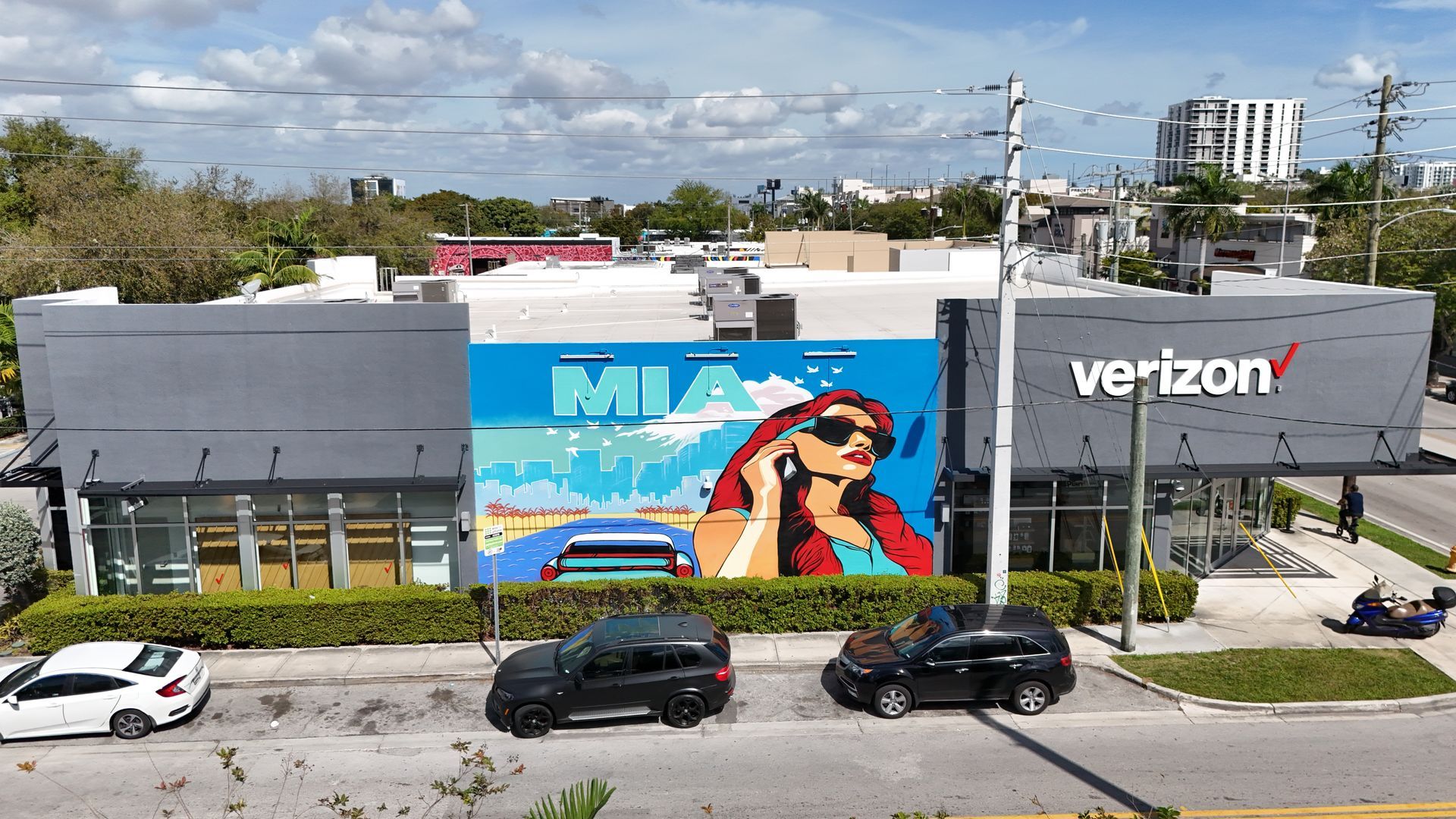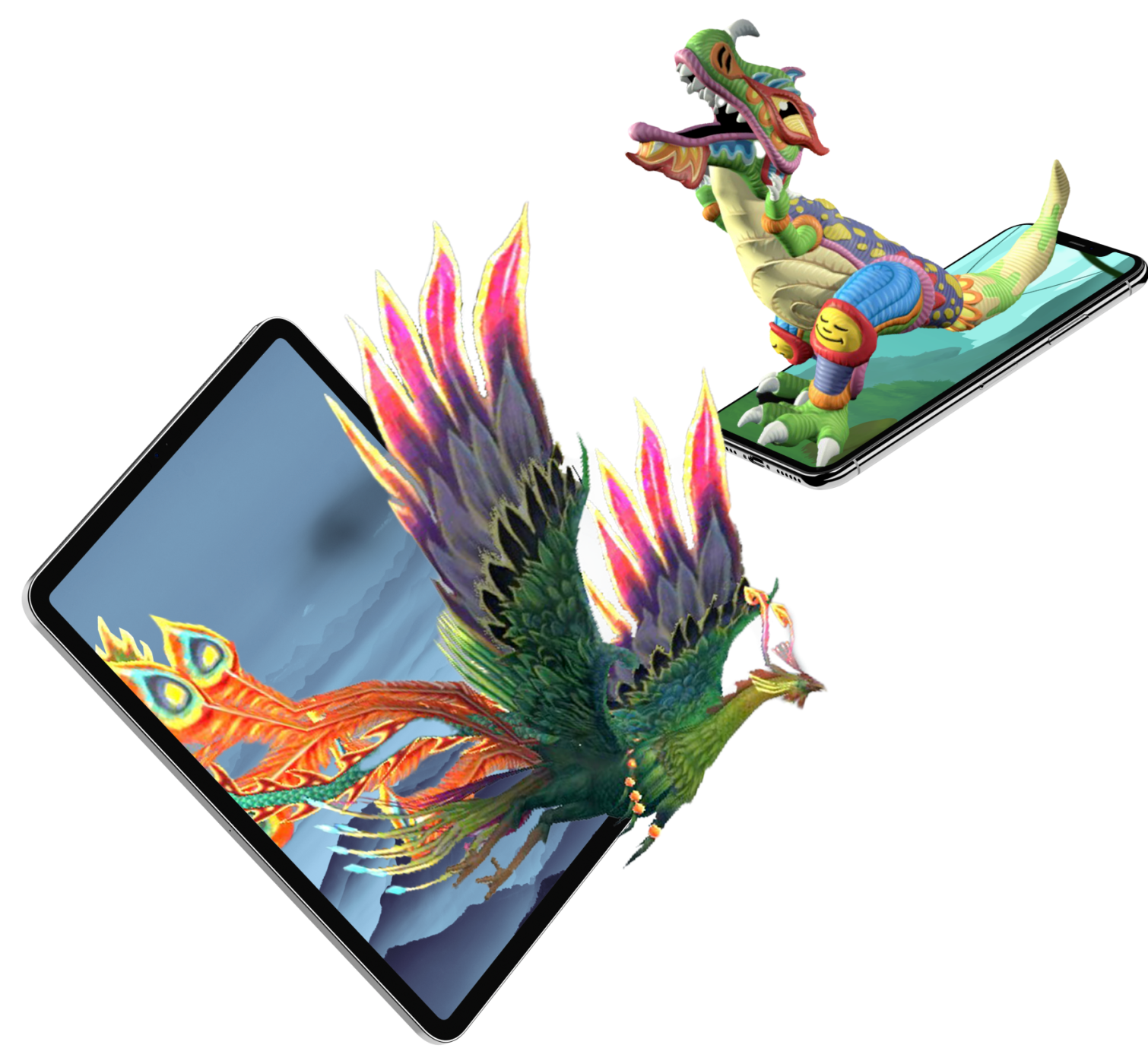Why Augmented Reality Will Save Museums Worldwide
Why Augmented Reality Will Save Museums
Museums have long been a place for people to appreciate culture and history, both of their own country and those abroad. However, the last few years has seen a decline in museum attendance, a trend that has been amplified by the COVID-19 pandemic. According to a survey conducted by the American Alliance of Museums (AAM), museums are experiencing an average of only 62% of their pre-pandemic attendance.
With the new challenges brought on by the pandemic, museums need new ways to not only attract new visitors, but also ensure people visit more than once. To answer these challenges, more museums are turning to augmented reality to engage their visitors.
What is Augmented Reality?
Augmented Reality (AR) is the integration of digital audio cues, visual imagery, and other sensory stimuli into the physical world. While virtual reality (VR) utilizes an entirely digital environment to fully immerse users, AR uses digital elements to enhance an already existing environment.
One common example of AR technology is the Pokémon Go app, which displays the users’ physical environment, then superimposes Pokémon throughout the map. People could then use the map to physically move about their surroundings to locate and catch the Pokémon on their phones.
As AR technology continues to improve, people discover new and exciting uses to apply this technology. One such group utilizing AR are museums, historical sites, and other similar institutions. AR technology has a wide range of ways to be applied, and this versatility gives museums to use it in an effort to increase attendance.
How Museums are Using Augmented Reality
1. Promote Exhibits
One way museums are using augmented reality is to advertise their active or upcoming exhibits on display. For example, on their website the Metropolitan Museum of Art has an AR experience to accompany some of the exhibitions shown on their website. This experience allows people to use their smartphones to view one of the pieces of the exhibit in their own home.
2. Digital Tours
While promoting exhibits is an excellent use of AR technology, museums could even take one step further and make their entire collection available via an AR experience. People could either use these digital tours to familiarize themselves with the layout of the museum before visiting or take the digital tour instead of visiting in person. Not only would this let people who are unable to leave their homes experience the museum, but it would also enable museums to attract visitors from anywhere in the world. By placing AR markers (similar to, but more advanced than QR codes) around the museum, people can scan them with their smartphones and take a digitally directed tour of the museum.
3. Enrich Visitors’ Experience
Aside from letting people experience any museum in the world from their own homes, augmented reality can also be used to enrich the exhibit for in person visitors. For example, the Imagine Museum in St. Petersburg, Florida provides its visitors with iPads equipped with AR software to experience the artwork in completely new ways. Audio tours have long been a staple of museums, but with AR technology, these tours can take that audio and integrate it with the visual aspects of the piece to create a totally new experience.
Museums aren’t the only place to use AR, even street artists are finding exciting ways to use the technology!
4. Educate Visitors
Another way museums are using augmented reality to enrich the experience for visitors is by providing additional educational material along with each piece in each exhibit. When using a tablet or smartphone to view the artwork, information will appear to either provide context for the piece, facts about the artist, and other educational material visitors couldn’t get by simply viewing the artwork.
Risks and Potential Barriers of AR in Museums
1. May Deter Older Generations
One potential issue with employing AR technology is that it might deter older generations from visiting the museum. While people familiar with augmented reality will likely have no issue using the technology, older people might have a difficult time adjusting. A simple way to solve this problem would be to have staff members readily available to assist people with the technology necessary to utilize AR.
2. Cost
Another thing for museums to consider when utilizing AR technology with their exhibits is the cost associated with it. While AR technology is less expensive than virtual reality, the cost of implementing the technology is something for museums to consider. However, the price point will vary depending on how museums plan to use the technology, which can make augmented reality suitable for almost any budget.
3. Isolationist Experience
While augmented reality can enrich the experience for visitors in a variety of ways, there is concern of how it can negatively impact it as well. In today’s modern world, people are constantly looking at their smartphones rather than interacting with the world around them. Utilizing AR technology in cultural hubs such as museums could be seen as adding to that problem. There may be people that fall into this trap, however it is just as likely that the additional experiences provided by augmented reality will just be another talking point for visitors in the museum.
Summary
In the wake of the pandemic, museums, historical sites, and other similar institutions are using augmented reality to increase their attendance rates to pre pandemic levels and beyond. The benefits of implementing AR technology include unique ways to promote exhibits, providing immersive digital tours, enriching visitors’ experience, and creating additional educational opportunities. While this technology has several ways to improve the museum experience, there are barriers to implementing the technology such as cost, deterring older generations, and making sure the technology doesn’t transform museums into an isolationist experience.
Schedule a Demo
We’re here to bring your brand to life! Talk to one of our team members to learn more about our Studio.
Keep in touch with BrandXR
Sign up to stay up to date with our monthly news.
Stay Connected with BrandXR
